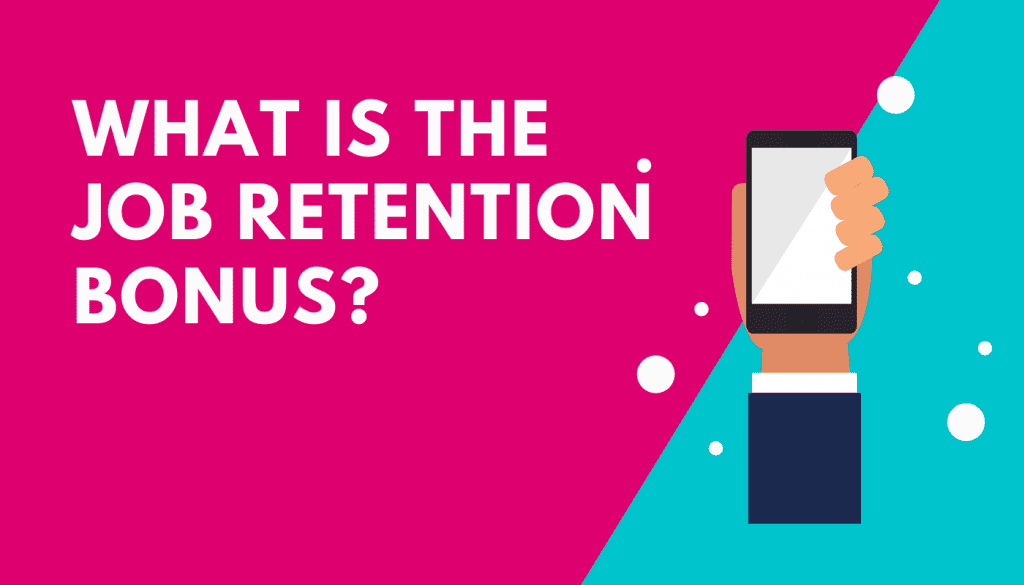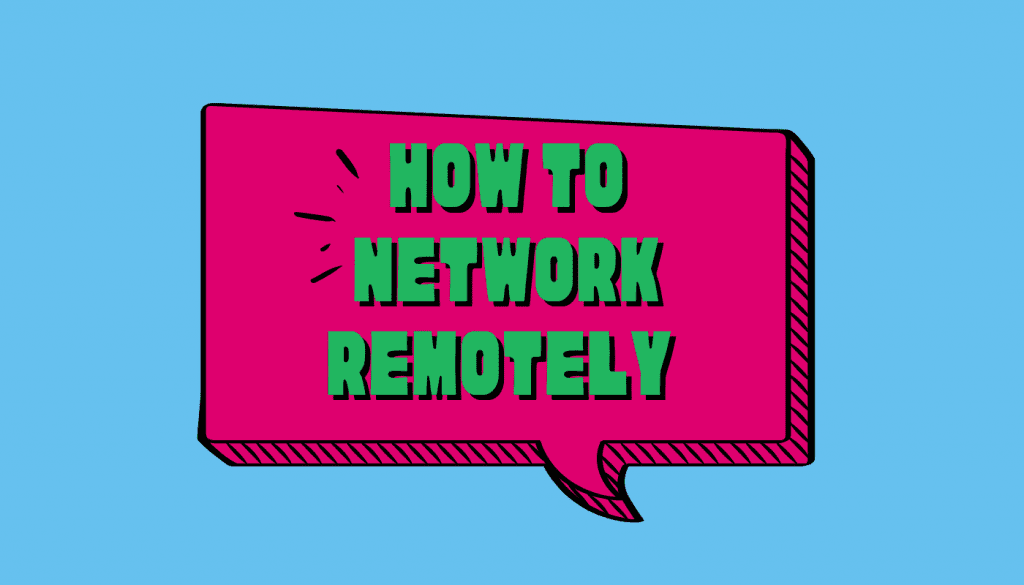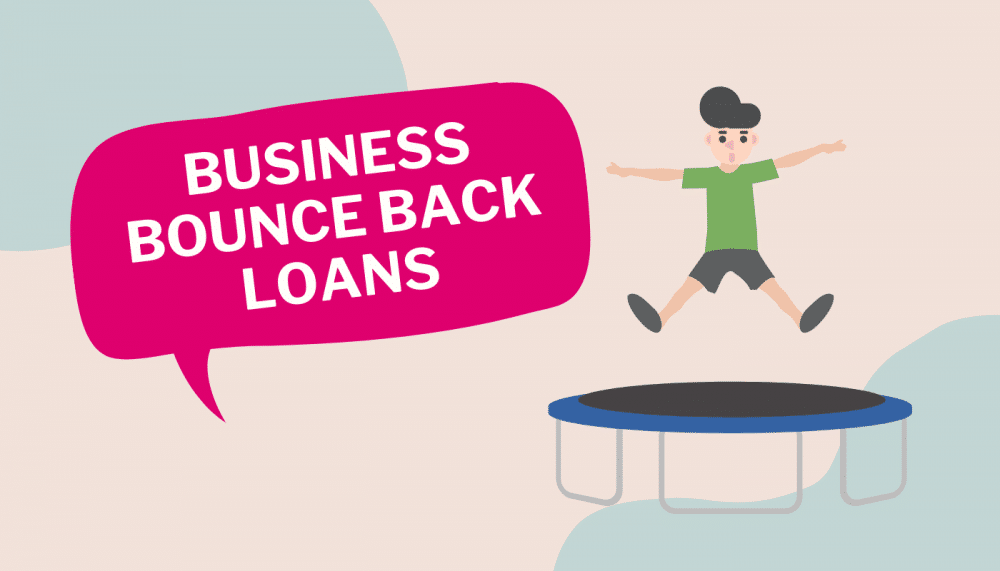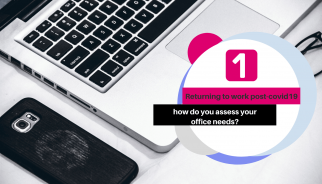Do your staff members often come to you with questions or problems that they could potentially work out themselves just…
How to say “no” nicely (and not damage business relationships in the process) One of the most important things you…

Thousands of smaller businesses in England are set to benefit from £20 million of new government funding to help them…

Ask HMRC to verify you had a new child which affected your eligibility for the self-employed income support scheme. If…

Employers will be able to claim a one-off payment of £1,000 for every employee they have previously received a grant…

The Government has announced details on how to claim the reimbursement for discounts given to diners with the Eat Out…

Small to medium-sized businesses have to go the extra mile to stand out from competitors, particularly when those competitors can…

Business Bounce Back Loans – what are they and should you apply for one? Since the scheme launched in May…

Boris Johnson announces grants for Electric Bikes, but are they a good idea for small business owners? Bikes (including E-bikes)…

In the short-term, it seems likely that many of us will remain working from home even after government orders to…


